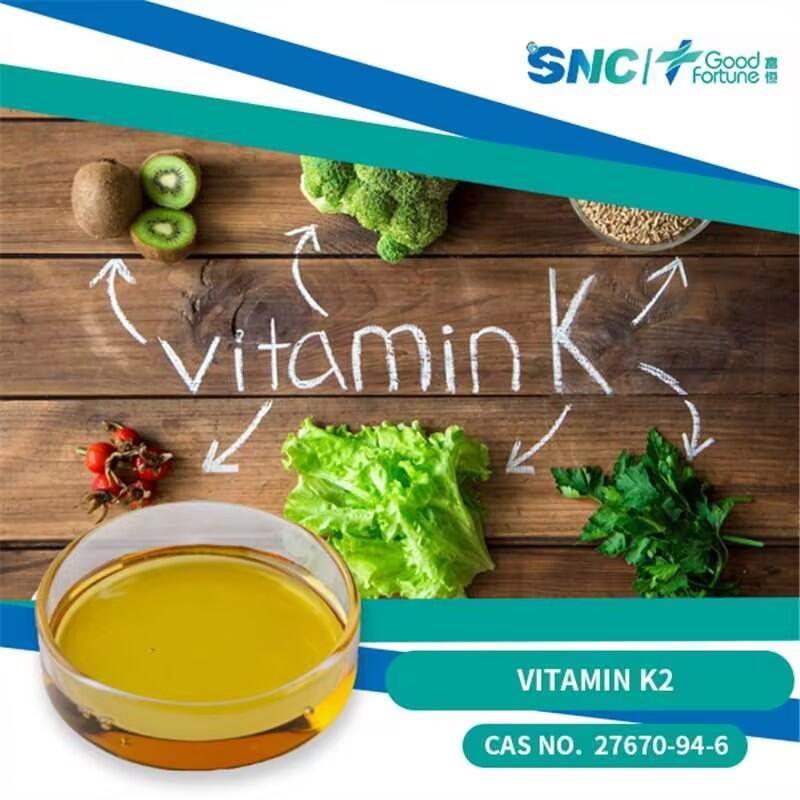-
Categories
-
Pharmaceutical Intermediates
-
Active Pharmaceutical Ingredients
-
Food Additives
- Industrial Coatings
- Agrochemicals
- Dyes and Pigments
- Surfactant
- Flavors and Fragrances
- Chemical Reagents
- Catalyst and Auxiliary
- Natural Products
- Inorganic Chemistry
-
Organic Chemistry
-
Biochemical Engineering
- Analytical Chemistry
-
Cosmetic Ingredient
- Water Treatment Chemical
-
Pharmaceutical Intermediates
Promotion
ECHEMI Mall
Wholesale
Weekly Price
Exhibition
News
-
Trade Service
The synthesis of complex organic molecules is a major challenge in the chemical industry.
One such molecule is 3-[[6-O-(6-Deoxy-α-L-mannopyranosyl)-β-D-glucopyranosyl]oxy]-2-(3,4-dihydroxyphenyl)-5,7-dihydroxy[2-(4-morpholinyl)ethyl]-4H-1-benzopyran-4-one, which is commonly referred to as Compound X.
Compound X is a natural product that has been isolated from the bacterium Streptomyces sp.
strain KC-6611.
It is known to have antibiotic properties and is being studied for its potential use as an antibiotic drug.
There are several synthetic routes to Compound X, each with its advantages and disadvantages.
The following is a brief overview of some of the most popular synthetic routes to Compound X.
Route 1: Theangenic synthesis
This route involves the construction of the molecule's aromatic ring first, followed by the attachment of the other functional groups.
The synthesis begins with the synthesis of 4-methoxy-3-nitroaniline, which is then reduced to form 4-methoxy-3-aminopyridine.
This intermediate is then converted into 2-(4-methoxyphenyl)ethyl 3-dehydroquinate, which is further transformed into Compound X.
Advantages: This route is straightforward and cost-effective.
Disadvantages: The formation of the aromatic ring requires harsh conditions and the use of expensive reagents.
Route 2: The dihydropyrimidone synthesis
This route starts with the synthesis of 2-chloro-5,6-dihydroimidazo[1,2-d][1,4]benzoxepin-9-one, which is then reduced to form 2-aminomethyl-1,5-dihydro-3H-imidazo[1,2-d][1,4]benzoxepin-9-one.
This intermediate is then converted into Compound X through a series of chemical reactions.
Advantages: This route is also straightforward and cost-effective.
Disadvantages: The formation of the aromatic ring requires harsh conditions and the use of expensive reagents.
Route 3: The ynol synthesis
This route involves the synthesis of Compound X through the formation of the beta-D-glucose moiety first, followed by the attachment of the other functional groups.
The synthesis begins with the synthesis of 6-deoxy-alpha-L-mannose, which is then converted into 6-deoxy-alpha-L-mannopyranose.
This intermediate is then converted into 2-(6-deoxy-alpha-L-mannopyranosyl)-5,7-dihydroxy[2-(4-morpholinyl)ethyl]-4H-1-benzopyran-4-one, which is further transformed into Compound X.
Advantages: This route is cost-effective as it uses inexpensive reagents and is easily scalable.
Disadvantages: The synthesis of the beta-D-glucose moiety requires specialized equipment and expertise.
Route 4: The Grignard synthesis
This route involves the synthesis of Compound X through the formation of the aromatic ring first, followed by the attachment of the other functional groups.
The synthesis begins with the synthesis of 2-bromo-5,6-dihydroimidazo[1,2-d][1,4]benzoxepin-9-one, which is then treated with 3-dehydroquinate







